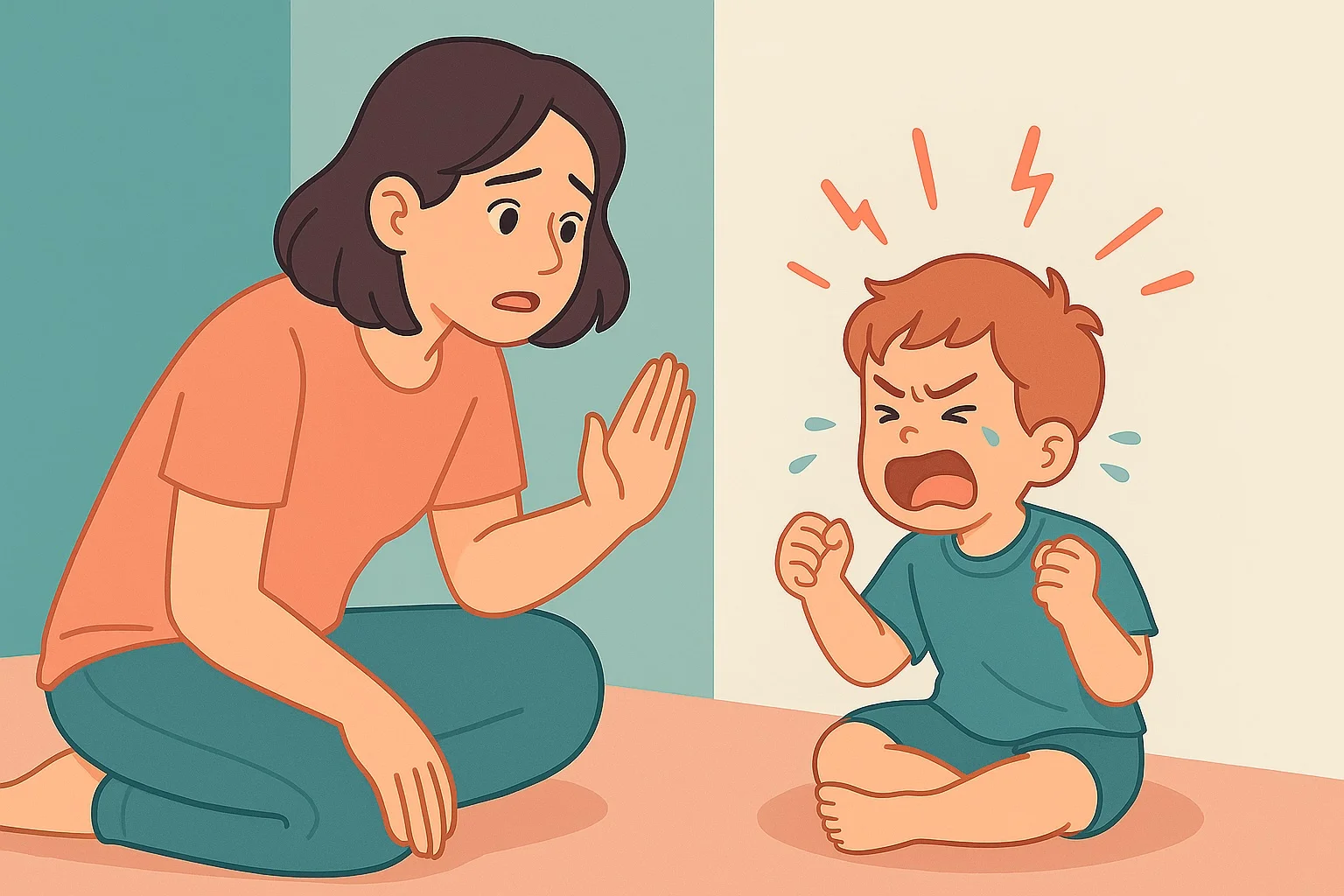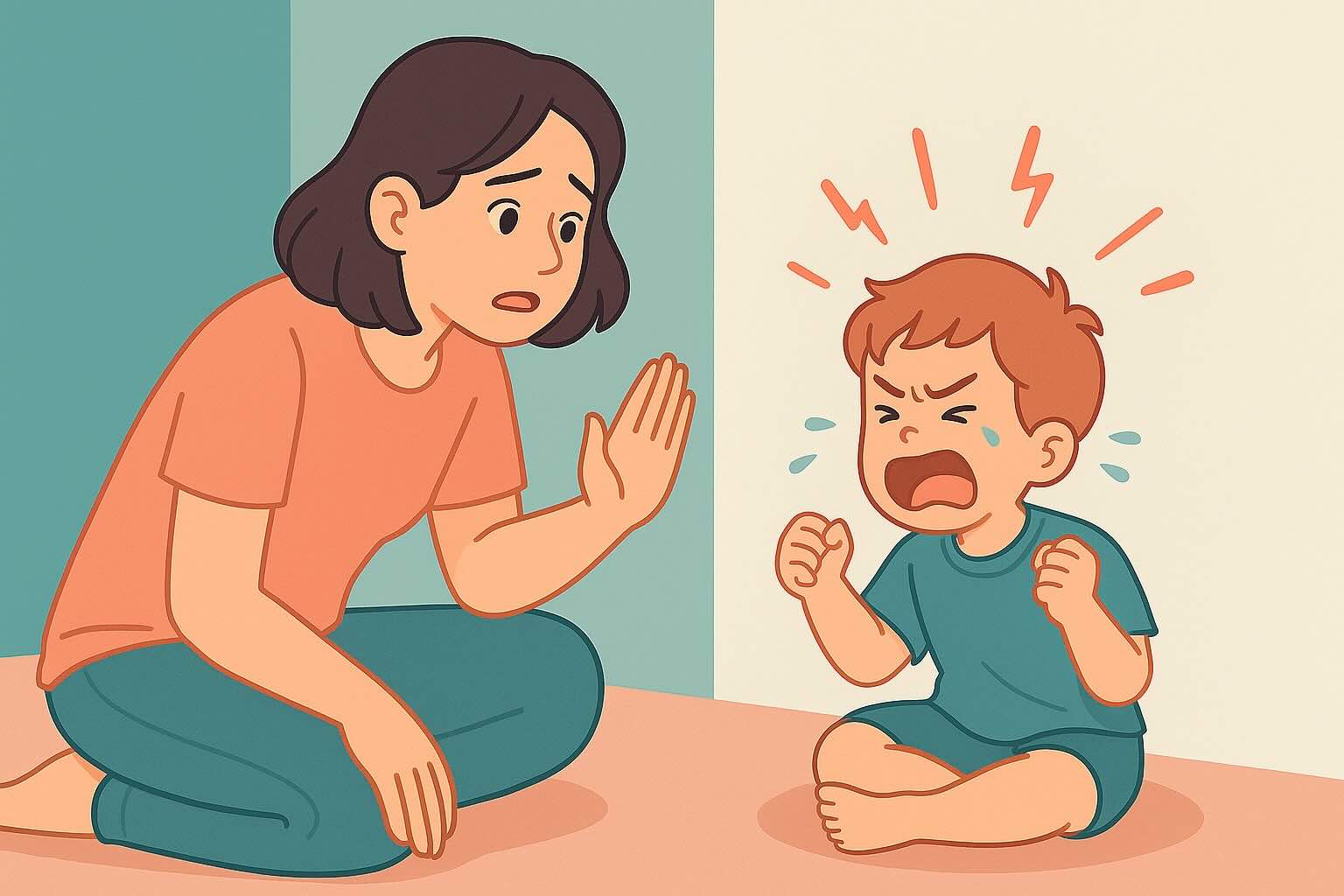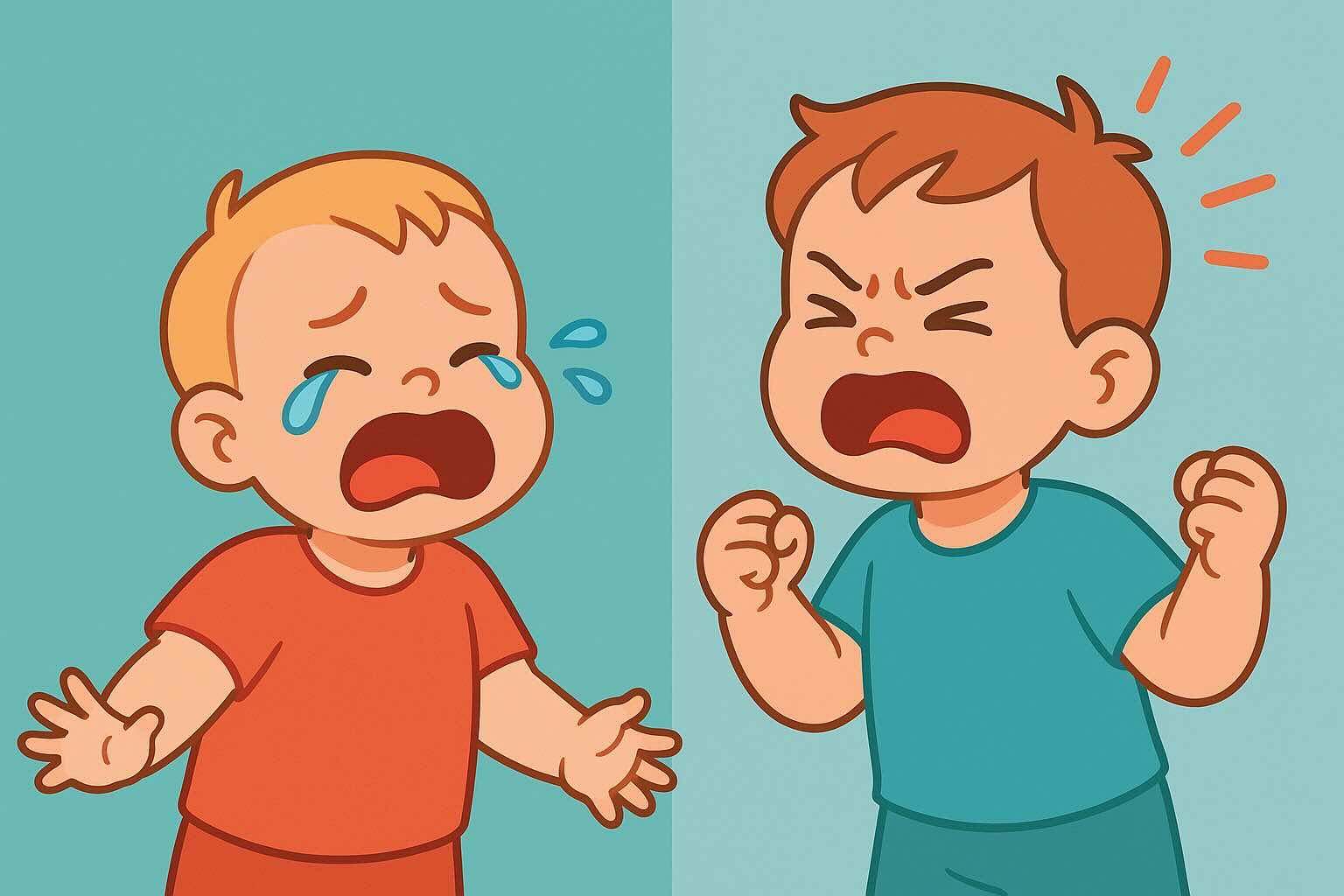How to Handle Preschool Emotional Outbursts: Ages 3-7

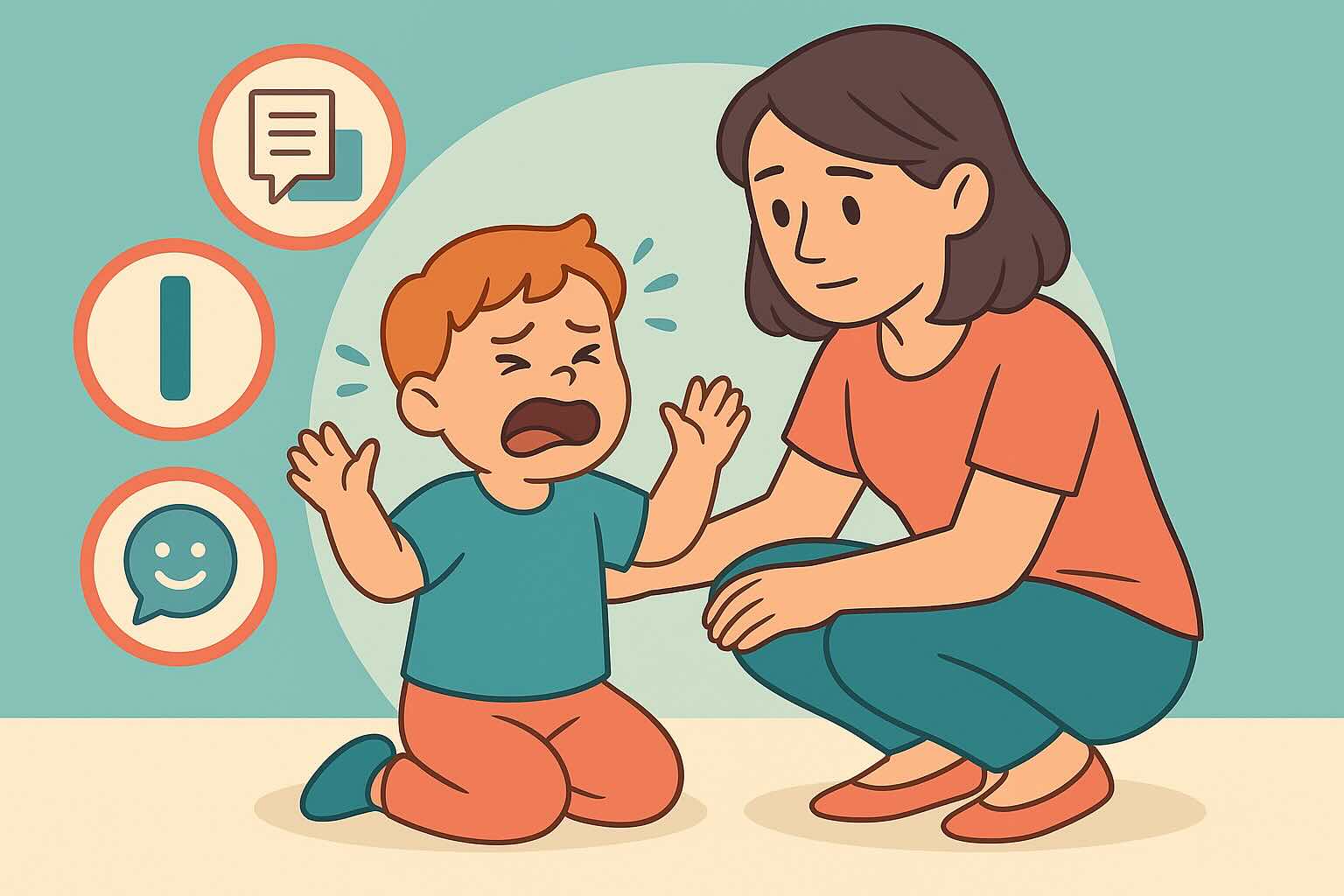
How to Handle Preschool Emotional Outbursts: Evidence-Based Guide for Ages 3-7
Transform explosive outbursts into teachable moments with research-backed strategies that work for 85% of families within 4-6 weeks
If your 4-year-old is currently screaming in their room because you said no to ice cream for breakfast, take a deep breath. You're dealing with something fundamentally different from toddler tantrums—and that's actually good news.
Unlike toddler tantrums that must simply "run their course," preschool outbursts can be actively guided and transformed into powerful learning opportunities. Your child now has developing language skills, a growing "emotional container," and emerging impulse control that you can work with, not against.
This comprehensive guide provides evidence-based strategies specifically designed for ages 3-7, when children are developmentally ready to begin building real emotional regulation skills. If you're dealing with younger children, check out our toddler tantrums complete guide or our comparison of 18-month vs 2-year tantrums.
What You'll Learn in This Guide
- Why Preschool Outbursts Are Different - The developmental shift that changes everything
- The 4-Step Response Method - Exactly what to do during explosive moments
- Prevention Strategies - How to reduce outburst frequency by 60-80%
- Age-Specific Approaches - Different techniques for 3-4 vs 5-7 year olds
- Real-Life Scenarios - Scripts for public outbursts, sibling conflicts, and time pressure
- When to Seek Help - Red flags that indicate professional support is needed
- Building Long-Term Emotional Intelligence - Teaching skills that last a lifetime
Estimated reading time: 12 minutes
Understanding Preschool Outbursts: The Critical Developmental Shift
From Tornado to Teachable Moment: What's Changed Since Toddlerhood
Your preschooler's brain has undergone crucial developments that fundamentally change how you should respond to emotional outbursts:
Expanded Language Skills: Your child can now express complex thoughts and feelings with words, though they may still default to physical expression when overwhelmed.
Growing Emotional Container: Unlike toddlers whose emotions immediately "spill over," preschoolers are developing the ability to hold bigger feelings before reaching their breaking point.
Emerging Impulse Control: While still developing, your child can begin to pause between feeling and acting—a crucial window for teaching regulation skills.
Social Awareness: Your 4+ year old understands the difference between home and public spaces, making behavioral expectations more realistic.
The Outburst vs. Tantrum Distinction
Toddler tantrums are like tornadoes your child cannot control—your job is to keep them safe while the storm passes.
Preschool outbursts are more like building a shelter during the storm. Your child still experiences the emotional tornado, but you can now guide them in constructing coping strategies and regulation skills while it's happening.
Why Outbursts Still Happen at This Age
Subjective Emotional Reality: Your child's feelings are their truth. Whether you agree with their perspective isn't the point—their emotions belong to them.
All-or-Nothing Thinking: Preschoolers still experience "extreme thinking"—to them, a big outburst feels like the only way to communicate overwhelming emotions.
Instant Impact vs. Complex Communication: Physical expression (hitting, screaming, throwing) is immediate and impactful. Verbal communication still requires effort, thought, and patience.
Testing Boundaries and Seeking Security: Outbursts often test whether you'll remain calm and in control when they feel chaotic and overwhelmed.
The 4-Step Method for Handling Preschool Outbursts
This research-based framework addresses both emotions (which need support) and behaviors (which need boundaries) simultaneously.
Step 1: Look Inward - Regulate Yourself First
You cannot help your child manage their emotions if yours aren't managed first.
When your child begins an outburst:
Pause and identify your feelings: "I feel frustrated, overwhelmed, embarrassed."
Remind yourself: "This isn't a crisis. This will pass. I can do this. My child isn't bad—they're learning and growing."
Choose your energy: "I'm not entering their chaos. I'm bringing calmness to their storm."
Internal mantras that work:
- "I am my child's mentor in this moment"
- "The better I handle this now, the less it will happen"
- "I can lead them out of their chaos"
Step 2: Validate Emotions + Set Firm Boundaries on Behavior
Start with validation when possible (unless safety is immediately at risk):
Validation scripts:
- "You are very angry right now. It's okay to feel this way."
- "I can see you're disappointed. That doesn't feel good."
- "You're frustrated because this didn't go how you wanted."
Set boundaries quickly and precisely:
- "Your screaming right now is way too loud. Help yourself start to calm down."
- "No hitting me when you're upset."
- "You cannot throw things when you're angry."
Going back and forth between validation and boundaries: "I understand you're angry about leaving the park AND we still need to go. No, you may not grab my shirt. I know it's hard when playtime ends. Take your time to be upset—by telling me with words, not by hitting."
Step 3: Encourage Coping Skills and Communication
When your child shows signs of calming (even slightly), begin encouraging their developing regulation abilities:
Help them express feelings using imagery:
- "How angry are you? Like a roaring lion or a barking puppy?"
- "Does your frustration feel as big as a mountain or like a small hill?"
- "Are you a 10-angry or a 4-angry right now?"
Encourage emotional ownership:
- "Do you think you'll be upset for a long time or a short time? It's up to you."
- "You're in charge of your feelings. When you're ready, you can help yourself feel better."
Promote problem-solving:
- "What could you do to help yourself right now? Not me giving you what you want—something YOU can do."
- "Can you think of how to make yourself feel a little less angry?"
Step 4: Have a Reflection Conversation Later
Wait for a completely calm moment (hours later or even the next day):
Tell the story of what happened: "Earlier today, you got really upset when I said no to candy. You started screaming and tried to hit me. I said, 'You can feel angry, even very angry. You cannot hit me when you're angry.' Remember that?"
Plan for the future: "Let's think about what you can do next time you feel that angry. You can say, 'I'm so mad right now!' You can stomp your feet. You can go to your calm-down corner. What other ideas do you have?"
No blame, no promises required: Focus on describing what happened and creating a plan together. Don't ask them to promise it won't happen again—emotional regulation is a skill that takes practice, not willpower.
Specific Strategies for Different Types of Outbursts
The Excessive Screamer: When Your Child Screams Over Your Words
What's happening: Your child immediately escalates to loud screaming, covers their ears, or yells "Don't say that to me!" when you try to help.
Your response strategy:
-
Use very few words: "I hear you screaming. You are very upset."
-
Don't rush to fix it: Let them scream if you're in a safe place. Get your coffee, fold laundry, attend to other children, and come back.
-
Stay close but don't hover: Make eye contact when possible. "I still hear you. You're still very upset. When you're ready, start to calm yourself down."
-
Project calmness, not chaos: Your child needs to see that their big emotions don't make you lose control too.
Example from a real parent: "My 4-year-old would scream for 20-30 minutes. I learned to sit nearby folding laundry, occasionally saying 'You're still angry. It's okay to feel angry. When you're ready, help yourself calm down.' After about 6 weeks of this consistent response, her screaming episodes dropped to 5-10 minutes and became much less frequent."
The Physical Hitter: When Your Child Gets Physical During Outbursts
What's happening: Your child hits, kicks, throws objects, or chases you during emotional outbursts.
Proactive conversation (have this during a calm moment): "When you get really angry, you try to hit me. From now on, when you feel like hitting, you'll tell your brain 'No, I can't hit Mom.' I'll help you by holding your body if needed to keep us both safe. I won't yell anymore. Instead, I'll remind you: 'You can be upset. Tell me with words how angry you are.'"
During the outburst:
-
Physically prevent harm: Hold their wrists, block kicks, hold them securely from behind if necessary. You're bigger and stronger—use this to keep everyone safe.
-
Stay calm while restraining: "I will not let you hit me. You can be upset. You cannot hit me when you're upset."
-
Say little during peak intensity: Minimal words work better than lectures. "No hitting me" is sufficient.
-
Wait for calm before problem-solving: Only encourage communication when their emotional intensity decreases.
Important note: The less you say during physical outbursts, the better. Your calm presence and physical boundaries are more powerful than words.
Real-Life Scenarios: Handling Outbursts When Life Doesn't Stop
Scenario 1: The Morning Rush Meltdown
Situation: Your 5-year-old can't find her favorite shirt and has a complete meltdown. Everyone's looking for it, but you need to leave for school in 10 minutes.
The wrong approach: Frantically searching for the shirt while everyone tiptoes around her emotions.
The right approach:
-
Stop the accommodation: "I understand you're upset about your shirt. We're not going to search frantically. You can wear the blue shirt or the pink shirt."
-
Validate while maintaining boundaries: "I know this feels like a big problem. You can feel upset about it, AND we still need to get to school."
-
Continue with necessary activities: "You can tell me how disappointed you are while we eat breakfast and get ready."
-
Have reflection later: "Remember this morning when you couldn't find your shirt? Let's talk about what we can do when something doesn't go as planned..."
Scenario 2: Public Outburst at the Store
For more detailed strategies on handling public outbursts, see our comprehensive public outburst survival guide.
Before leaving home (prevention): "We're going to the store. There will be toys there. We're not buying toys today. You might feel disappointed. What can you do if you feel disappointed? You can tell me 'I feel disappointed,' and I'll understand."
During the outburst:
- Don't rush to a private location unless it helps you stay calm
- Use sensory grounding: "You're very upset. Let's look around. I see someone buying bananas. What do you see? What sounds do you hear?"
- Maintain your plan: "You can feel upset about not getting a toy. We're still not buying one today."
Scenario 3: The Bedtime Breakdown
Situation: Your child has an outburst right before bed when you're exhausted and just want the day to end.
Resist the urge to: Rush through it, give in to demands, or use threats.
Instead:
- Accept that bedtime might be later: "This is more important than getting to bed exactly on time."
- Work through the steps: Validate, set boundaries, encourage coping skills.
- Remember the long-term goal: "Every time I handle this well, future bedtimes get easier."
Age-Specific Approaches Within Preschool Years
Ages 3-4: The "Assertion" Phase
What's happening: Peak outburst time. Your child wants control but lacks sophisticated regulation skills.
Effective strategies:
- Offer limited, concrete choices: "Would you like to wear shoes or boots?"
- Use "when/then" language: "When you calm your body, then we can read a story."
- Keep validation simple: "You're mad. Mad feelings are okay."
- Physical comfort often helps more than words
Ages 5-7: The "Reasoning" Phase
What's happening: Your child can understand more complex explanations and engage in problem-solving.
Effective strategies:
- Explain simple cause and effect: "When we scream at people, they don't want to help us."
- Engage in collaborative problem-solving: "What do you think would work better next time?"
- Use emotion coaching: "I notice your body gets tense when you're frustrated. What does that feel like?"
- Set clear expectations about public behavior: "At this age, big outbursts shouldn't happen at school or restaurants."
Building Long-Term Emotional Intelligence
Teaching Emotional Ownership
Key message: "You are in charge of your feelings, not me."
How to reinforce this:
- "Do you want to feel angry for a long time or a short time? It's up to you."
- "I can't fix your disappointed feelings. You have the power to help yourself feel better."
- "What do you think would help you right now?"
For effective communication scripts during emotional moments, see our guide on tantrum communication scripts.
Developing Direct Communication Skills
During outbursts: Guide them toward clear expression.
- Child screaming: "Ice cream!"
- Parent: "Try again. Say, 'Dad, can I please have ice cream?'"
- Child repeats the prompt more calmly
- Parent: "Thank you for asking clearly. The answer is still no, but I'm proud of how you asked."
Family-Wide Emotional Education
Include siblings in reflection conversations: "Lucy, how did you feel when your brother was screaming earlier?" "Sometimes we all get upset. What are some good ways our family can handle big feelings?"
This teaches:
- Emotional situations affect everyone
- Families work together to solve problems
- Everyone is learning and growing
- Open communication is safe and valued
If sibling conflicts are a major trigger for outbursts, see our detailed guide on managing sibling outbursts and conflicts.
When to Seek Professional Help
Concerning Signs That May Indicate Additional Support Is Needed
Outbursts that happen consistently outside your immediate family:
- Regular explosive episodes at school, daycare, or with other caregivers
- Teachers reporting daily behavioral challenges
- Other adults describing your child as "difficult to manage"
Intensity or duration concerns:
- Outbursts lasting longer than 30 minutes regularly
- Property destruction during emotional episodes
- Self-harm behaviors (head banging, hitting themselves)
- No improvement after 6-8 weeks of consistent intervention
Family functioning significantly impacted:
- Unable to go places or do activities due to outburst concerns
- Siblings showing anxiety or behavioral changes
- Parents feeling overwhelmed despite consistent strategy implementation
Types of Professional Support
Child psychologists: Specialize in behavioral strategies and emotional regulation development Family therapists: Help with family dynamics and parenting stress Occupational therapists: Address sensory processing issues that may contribute to outbursts Pediatricians: Rule out medical factors and provide developmental perspective
Success Stories: Real Families, Real Results
The Martinez Family: From Chaos to Calm
"Our 4-year-old's outbursts were controlling our entire family. We couldn't go anywhere without worrying about a meltdown. After learning to validate his feelings while maintaining firm boundaries, and having those reflection conversations, everything changed. It took about 2 months of consistency, but now he can tell us when he's frustrated instead of throwing things. The outbursts still happen occasionally, but they're shorter and he recovers much faster."
Single Mom Sarah: Finding Her Strength
"As a single parent, my daughter's screaming episodes felt overwhelming. Learning that I didn't have to stop everything and fix her feelings immediately was life-changing. I could validate her emotions while continuing to make dinner or help her brother with homework. She learned that her big feelings didn't control the whole house, and I learned that I could be calm and strong even when she couldn't be."
Your 6-Week Action Plan
Weeks 1-2: Foundation Building
- Practice self-regulation during outbursts (your emotional state is the foundation)
- Begin using validation + boundary scripts consistently
- Track outburst patterns and your responses
- Have your first proactive conversations during calm moments
Weeks 3-4: Skill Development
- Introduce coping skill encouragement during outbursts
- Start regular reflection conversations 24-48 hours after episodes
- Begin age-appropriate emotional ownership concepts
- Practice public outburst strategies during lower-stakes situations
Weeks 5-6: Integration and Refinement
- Combine all elements into smooth, consistent responses
- Focus on prevention through proactive conversations
- Celebrate small wins and improvements
- Address any specific challenges (excessive screaming, hitting, etc.)
Ongoing: Long-Term Growth
- Continue reflection conversations to build emotional intelligence
- Adjust strategies as your child develops
- Maintain consistency while allowing for normal developmental fluctuations
- Build family emotional vocabulary and problem-solving skills
Measuring Success: What to Look For
Short-Term Improvements (2-4 weeks)
- Outburst duration: Episodes begin getting shorter
- Recovery time: Your child bounces back faster after emotional episodes
- Communication: More words, less physical expression during calm moments
- Your confidence: You feel more equipped to handle difficult moments
Medium-Term Progress (6-12 weeks)
- Frequency reduction: Outbursts happen less often
- Prevention success: Proactive conversations help avoid some episodes
- Family functioning: Less tiptoeing around potential triggers
- Sibling impact: Other children less affected by emotional episodes
Long-Term Growth (6+ months)
- Independent coping: Your child begins using strategies without prompting
- Public behavior: Significant improvement in outbursts outside the home
- Emotional vocabulary: Child can express feelings with words more often
- Problem-solving: Active participation in finding solutions to emotional challenges
Key Takeaways: Your Preschool Outburst Management Guide
- ✅ Preschool outbursts are teachable moments, not just storms to weather
- ✅ Your emotional regulation comes first - you can't lead them out of chaos if you're in it
- ✅ Validate feelings, set boundaries on behavior - both are essential and work together
- ✅ Encourage coping skills during outbursts - their developing brain can learn regulation strategies
- ✅ Reflection conversations build long-term emotional intelligence - this is where real growth happens
- ✅ Don't accommodate or tiptoe around outbursts - face them head-on with calm consistency
- ✅ Focus on progress, not perfection - emotional regulation is a skill that takes time to develop
- ✅ Trust your child's ability to grow - they want to feel better and will learn with your guidance
Remember: Every outburst you handle well is building your child's emotional intelligence for life. You're not just surviving difficult moments—you're teaching skills they'll use forever.
This article is based on developmental psychology research and clinical experience with families. Individual results vary based on child temperament, family consistency, and implementation quality. Consult with professionals if you have concerns about your child's emotional development or behavioral patterns.
Challenging Moments Support
Access step-by-step parenting strategies, quick tips, and age-specific guidance for difficult situations when you need it most.
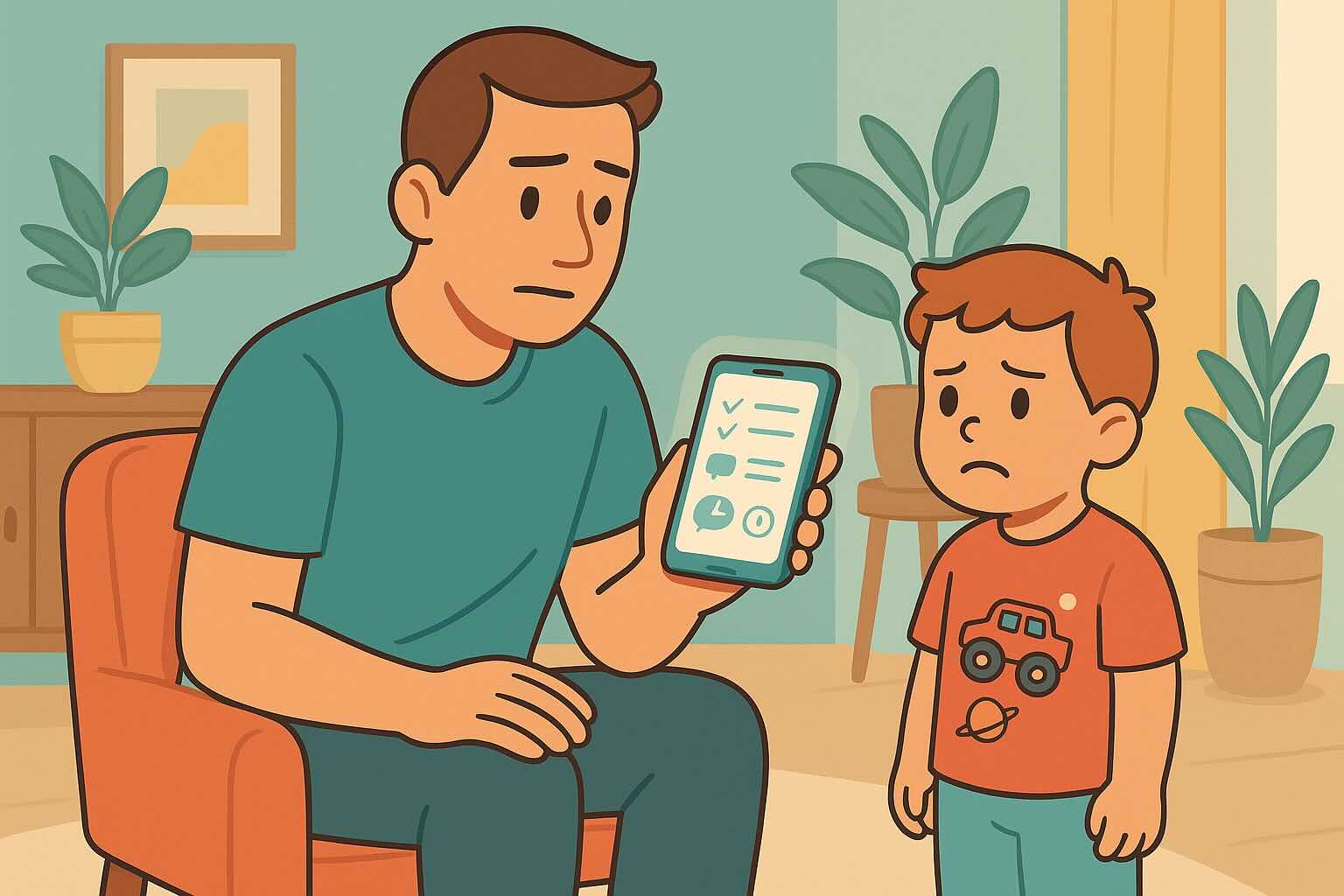
Struggling with tantrums?
Get personalized coaching support available 24/7. Your parenting coach understands what you're going through.
Try RootWise Free →Free Tantrum Scripts
Help your toddler manage big emotions with these strategies and scripts.
Frequently Asked Questions
Need personalized support?
RootWise's AI coach can provide tailored strategies for your specific situation, available 24/7 when you need it most.
Learn More About AI Coaching →